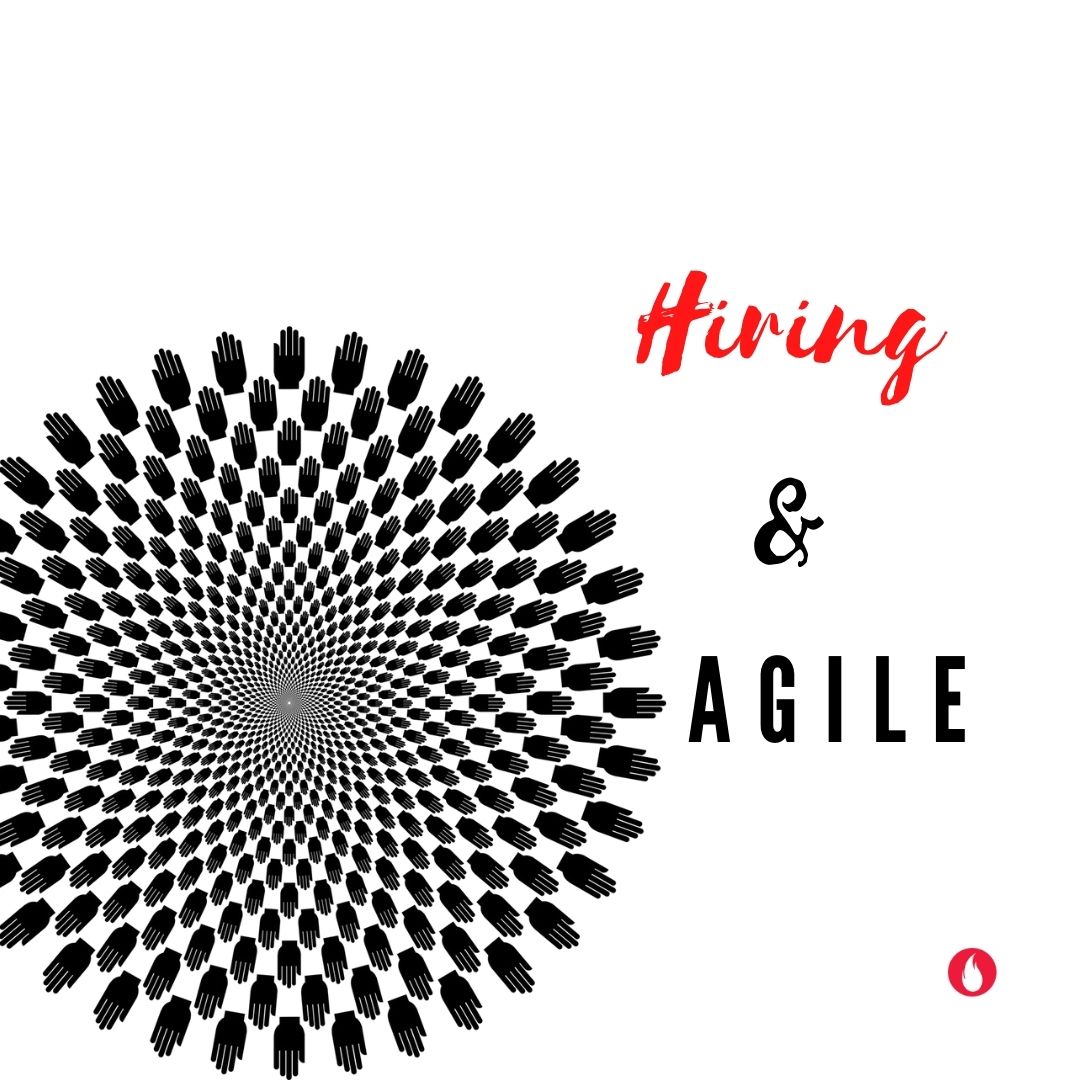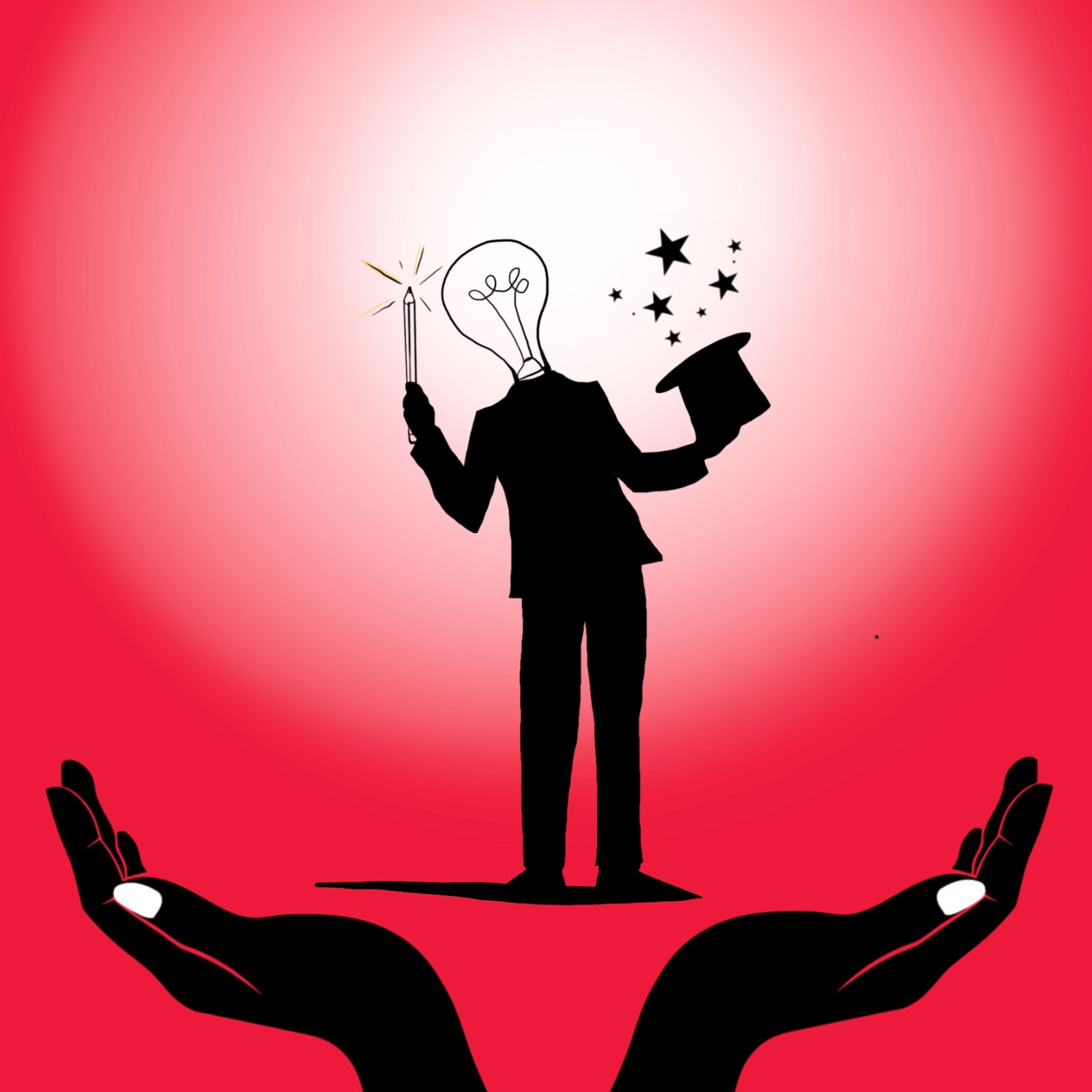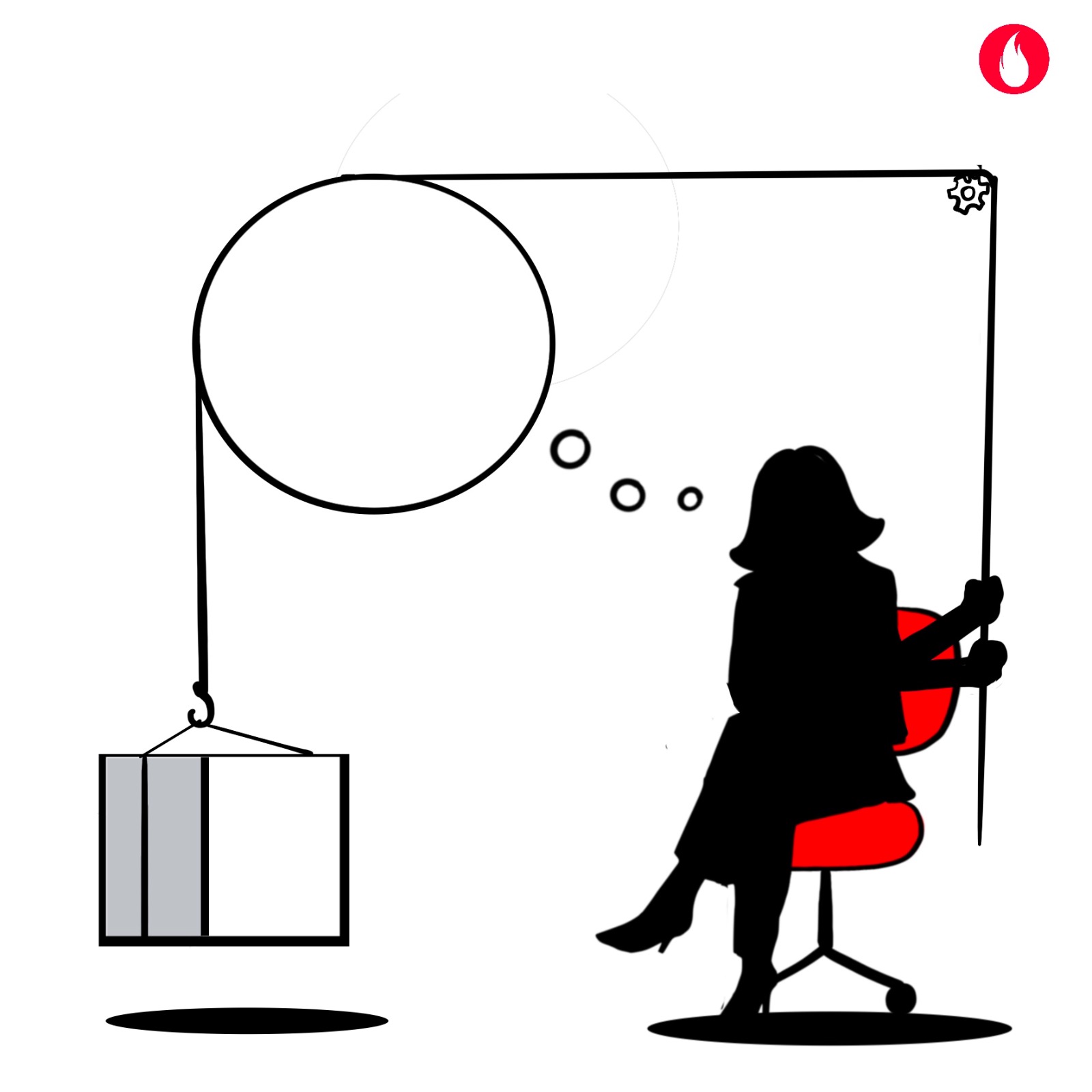Organisations are focussing on enhancing collaboration within teams. The benefits of collaboration are well chronicled. But how do you hire for collaboration? Is there a way in which the process of selecting the right candidate set teams up for collaboration? Apprarently, there is. Menlo Innovations has created a process of hiring for collaboration with an agile mindset.
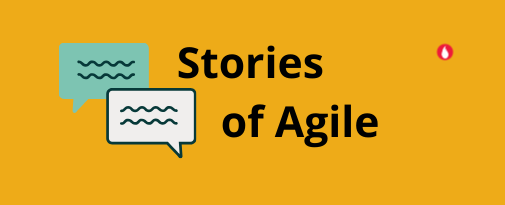
Agile Stories.
Let us assume you have applied for a position at Menlo and have been shortlisted. Expect to receive an interview date and a 60-minute interview slot. Sounds normal, up to this point. Expecting no different, you turn up at the appointed date and hour for a personal interview. The interview bay or lounge area of the Menlo office, looks no different either. You see other candidates who had turned up for their interviews.
The interviewer gathers you and the other candidates for a briefing on the process. Here comes your first surprise. ‘The interview will be a problem-solving process in pairs‘, the interviewer says. ‘You will succeed in this interview if you can bring out the best in the other person and not just solve the problem‘. Accustomed as we are to competing and coming up with answers before others do, this interview appears like a curveball.
You are paired with another candidate and given a problem to solve within 15 minutes. Both of you have one paper and pencil between you to work out the problem. At the end of 15 minutes the pairs split and form new pairs, to work on another problem. Interviewers instead of asking questions become observers of the process. Each candidate gets an opportunity to pair with three other people in 15-minute sprints. At the end of this, your interview process is complete.
Interviewers or Observers?
The observers, who are existing Menlo employees, gather with their observation sheets. They have made notes of various behaviours of how you worked with others. On a screen, each candidate’s photo and name is displayed. The interviewers or observers share a go-ahead or no-go for each candidate. Any candidate who gets a go-ahead from all observers is through to the next stage of the hiring process. Mixed opinions on candidates, leads to a detailed deliberation.
Trial run for collaboration
Menlo does not just interview in pairs, they work in pairs full time, every single day. This degree of collaboration does not come easily to most people. Menlo recognises this and hence offers the selected candidates a trial run of three weeks. Selected candidates are made an offer, which allows them to join Menlo and experience this way of collaborative working. At the end of three weeks candidates get to decide if this collaborative style is for them. They can quit with no questions asked and full pay at the end of this period.
Collaboration
Research has shown that collaboration is beneficial both for the individual and organisations. Yet why do organisations struggle to build collaborative behaviours in teams?
One perspective we offer is this :’Collaboration is a combination of skill – tools, processes and – mindset‘. Gaps in any of these will hurt the collaborative abilities of individuals and teams. Organisations at times focus only on collaborative tools, ignoring the reward processes. They focus on skill building for collaboration but do not offer tools to aid it, or vice versa. The mindsets and behaviours of collaboration are reinforced by the entire system. It is crucial to not just get the hiring right, but align all other talent management structures and processes. Only then will collaboration thrive in the organisation.
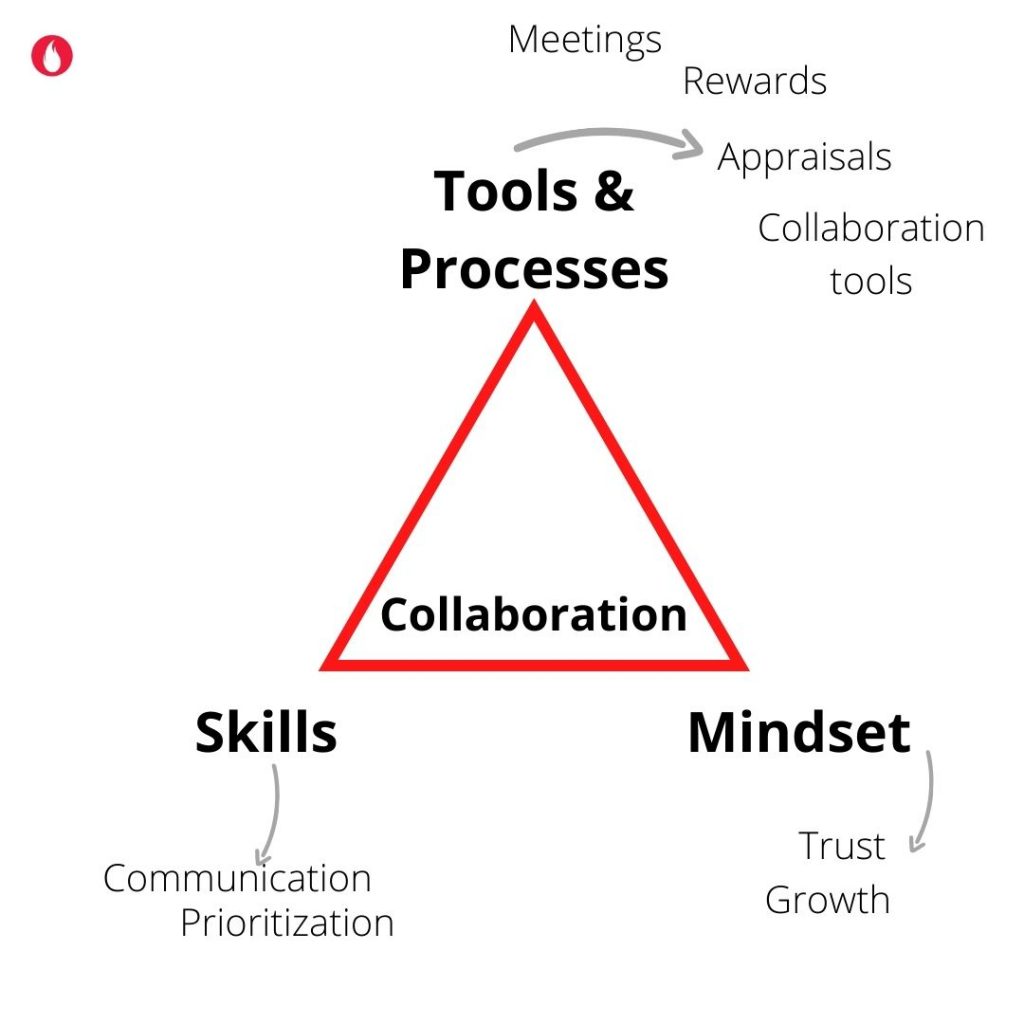
Agile Mindset and Collaboration
The Agile Manifesto sets a team up for collaboration. The first two words of the Agile Manifesto is ‘Individuals and Interactions’. These two components, ‘individuals and interactions’ are foundations for successful collaboration in any industry or team. When you prioritise these over processes & tools, you send out a message that working together ‘well’ is key.
The Agile Manifesto does not restrict collaboration to within the organisation. It recommends that each of us carry this mindset even to the clients and external world. Collaboration is central to being agile.

Here is the round-up of the Twelfth Edition of the Agile OWL
From social media:
1. What happens when you ask for a seemingly simple change to an existing process? The typical response is ‘Its complex’ and you lose patience with this team. Here is a perspective which encourages using maps to get everyone on the same page and build understanding in such situations.
2. Questions which encourage conversations and insights are priceless. If you happen to have inherited a Scrum team, here are 20 questions you can ask the development team to help create moments of reflection as you come up to speed as a Scrum Master.
3. The pros and cons of Velocity as a metric in agile teams gets debated often 😊. Here was an interesting conversation on Twitter on the same that had the creators of the Agile Manifesto opining too
From the bookshelf:
The Lean methodology helps us sense the needs and adapt rapidly. Many organisations practice the Lean as a methodology too. The book ‘The Lean Start-up’ by Eric Ries is a must read on this topic.
From the resource box:
Here is a list of 200 curated resources to make your retrospectives more effective. It covers tools for distributed teams as well! Dive in.
From the trivia & fact box:
We perform better when we work with others. This is the ‘Social Facilitation’ effect, first researched by Floyd Alport from Harvard in 1920. A more recent Stanford study reconfirmed this. It found a 1% increase in collaboration enhanced the organisation’s performance by 5x times.
#AgileQuotes to sign off..
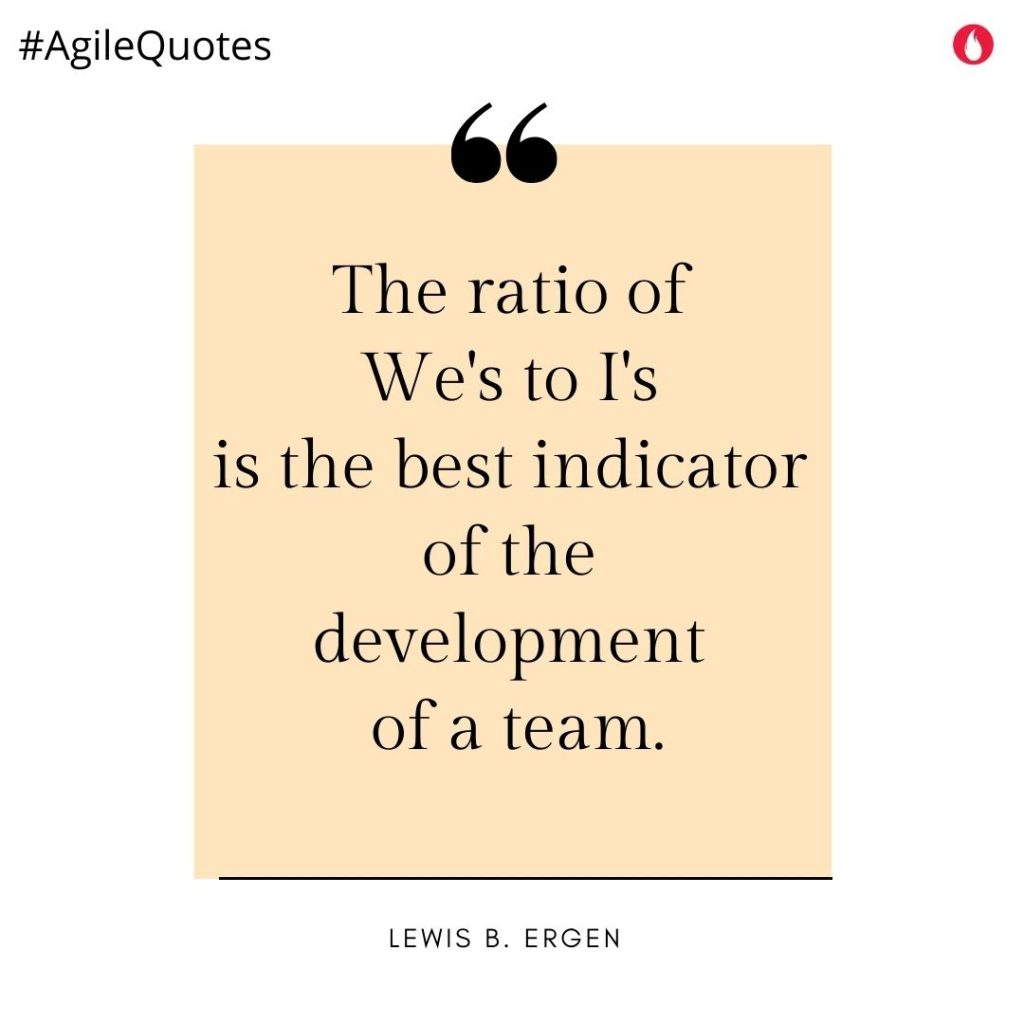
Note : This post is Edition 12 of the Agile OWL from the OWL umbrella. The Agile OWL is a newsletter focused on the human experiences and stories within agile transformations. Sign up to receive the newsletter here
